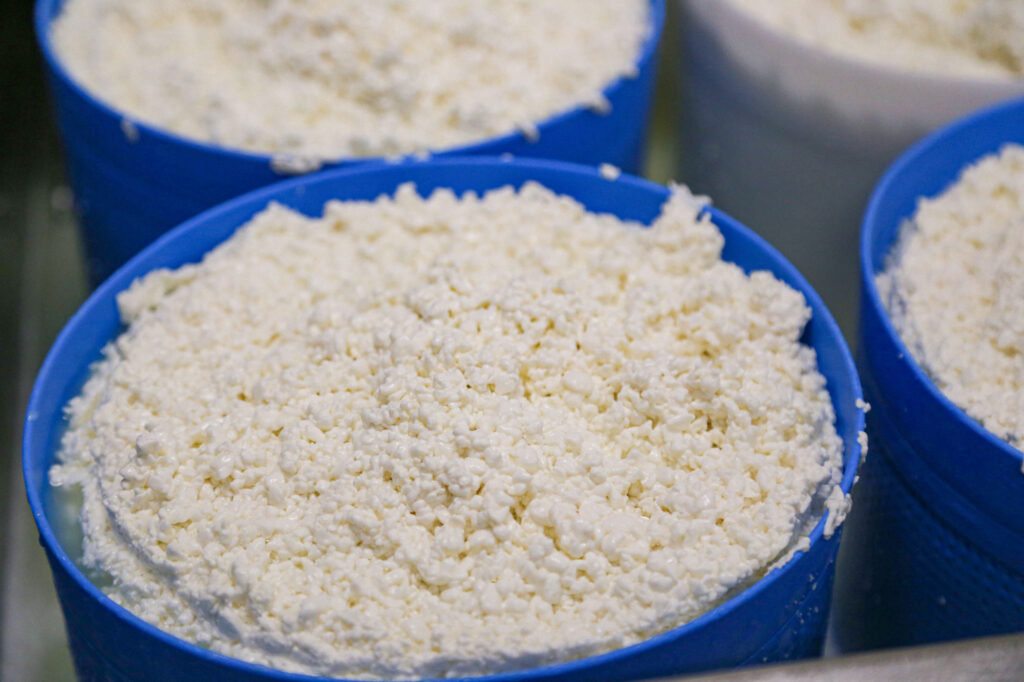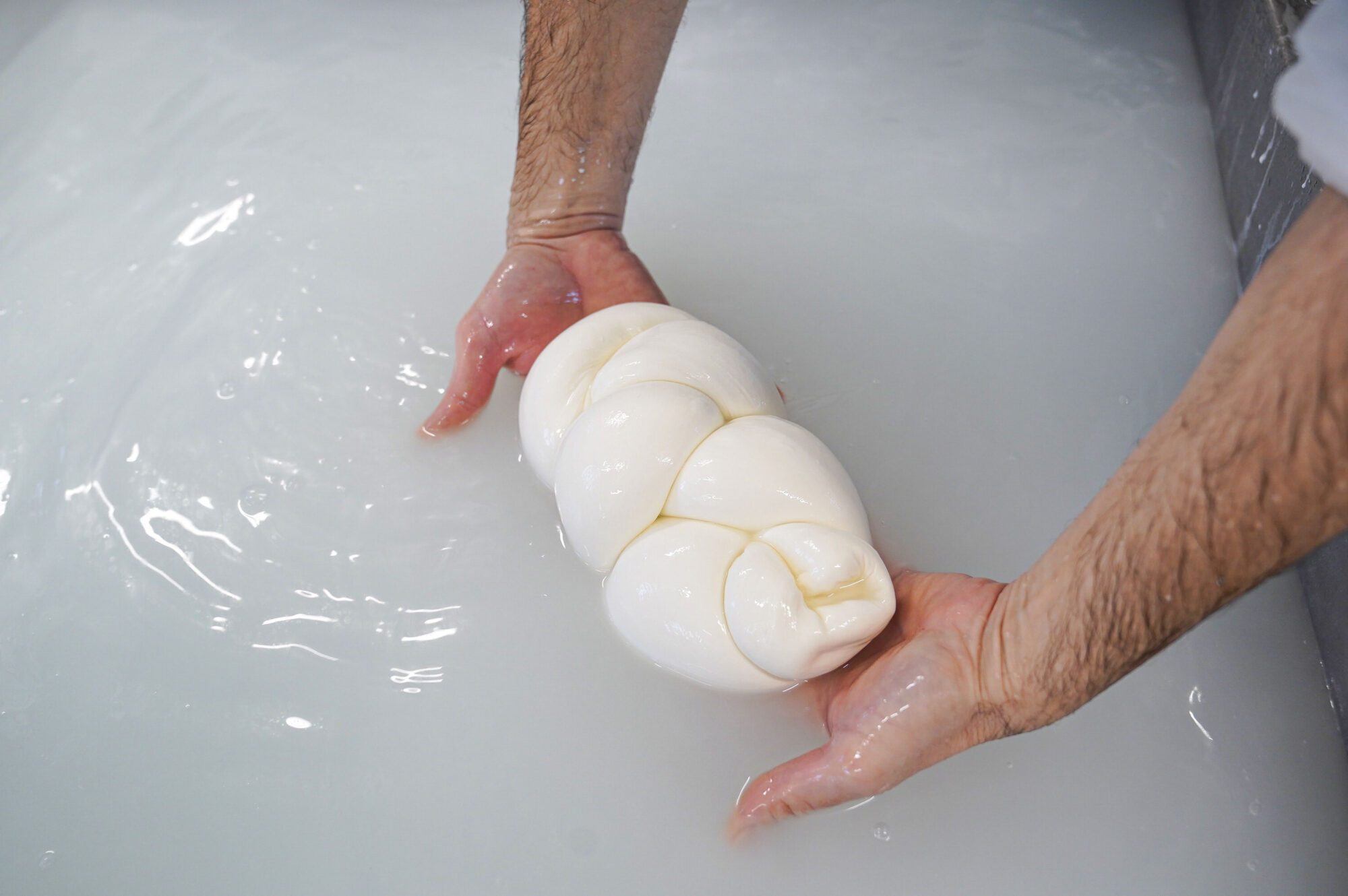When we talk about cheese, we cannot forget the importance of milk enzymes and their fundamental role.
About 487 different varieties of cheese are produced in Italy, and this is made possible by the
Many varieties of milk enzymes.
From a single material, milk, by changing technology and milk enzymes,, we are able to produce fresh, aged, creamy, stringy, spicy blue-veined…in short, all kinds of cheeses.
We all think of milk enzymes as an addendum, a plus. In reality, this is not the case; their presence is essential in that without them so many processes would not begin and ripening of the cheese would not occur.
Lactic acid bacteria are bacteria that feed on sugars (lactose) and proteins (casein) to produce lactic acid and aromatic substances.
In addition, the use of selected milk enzymes allows us to inhibit or limit the development of bacterial/anticaseous forms and affirm product quality.

What do the names and numbers I see on the envelope indicate?
All ferments are identified by a double name: the first indicates the genus and the second the species.
Let’s take an example: Streptococcus indicates the genus and Thermophilus indicates the species.
They are distinguished by their stick shape also called “bacillus,” by their spherical shape also called “coccus,” and by the substances produced by lactose fermentation.
We will indeed distinguish:
- Homofermenting ferments, which produce only lactic acid from lactose fermentation
- Heterofermenting ferments, which produce lactic acid ,carbon dioxide (gas) and aromatic compounds (e.g., butter gets its odor from diacetyl) from lactose fermentation.
The lactic acid bacteria must be grafted to the milk, before rennet is added, with the right amount and time of development depending on the cheese we are going to make.

But where are milk enzymes found or bought?
Milk enzymes can be purchased from manufacturing companies or be self-produced from one’s own milk (lactobacillus) or from one’s own whey (serumbacillus).
Preparing milk enzymes in the dairy requires knowledge of origin but also of what you want to achieve and the cheese you want to produce.
Nowadays, except for some types of cheese, the most commonly used milk enzymes are those produced in laboratories as they are more easily used ,available and less limiting.
